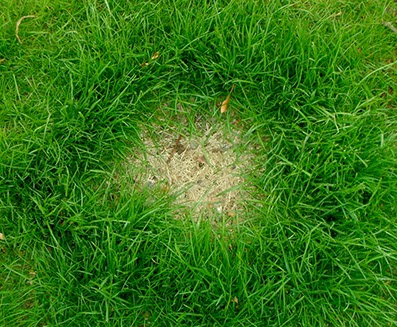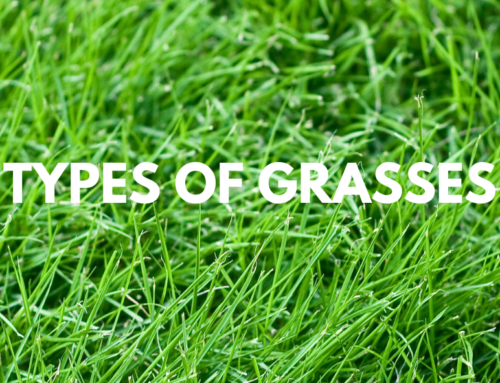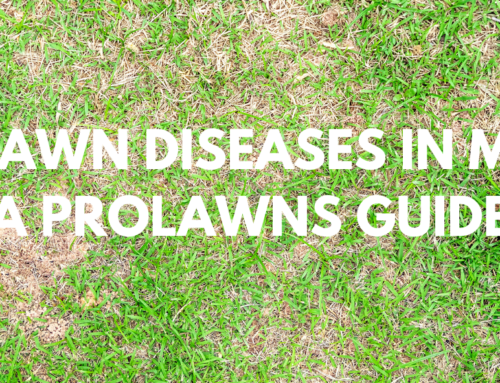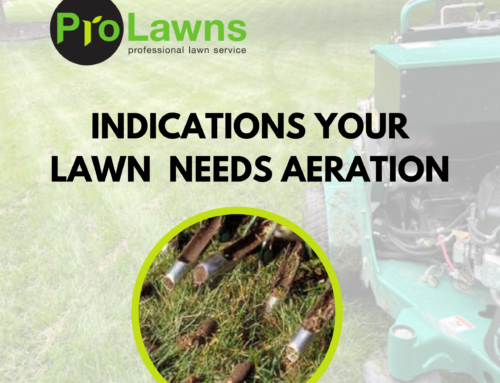The internet will say “apply lime”:
Dog spots are very salty and high in nitrogen – so much so that it over-fertilizes and burns the grass. You can often see a dark green ring around the outside of the dog spot where the nitrogen content dissipated, wasn’t enough to burn, but was enough to green up the grass on that ring.
The soil has been heavily salted and sterilized. Water and time is about the only solution short of spreading some black dirt on top and seeding. Read more on seeding here
We’ve had clients give us great testimonials for “Dog Rocks” that reduce or eliminate dog spots: https://www.amazon.com/Dog-Rocks-Natural-Prevention-Prevents/dp/B000NE2UH4
Advanced Science:
Dog (Canis familiaris L.) urine can cause severe injury to lawns. Despite the circumstantial evidence that salts from urine are responsible, there is no known connection between a particular component of dog urine and the cause of grass injury. The objective of this study was to evaluate cool-season lawn grasses in response to the major components of dog urine. Urea, uric acid, lactic acid, creatinine, and bilirubin were applied either separately or with auxin or kinetin to Kentucky bluegrass (Poa pratensis L.), tall fescue (Festuca arundinacea Schreb), and perennial ryegrass (Lolium perenne L.). A solution containing 20 g urea L⁻¹ and 10 g ammonium sulfate L⁻¹ was used to simulate the levels of salinity (~15 dS m⁻¹) and total N in dog urine. This solution caused slight discoloration on leaf tips with phytotoxic levels ranging from 5 to 12%. Lactic acid at 3.5 g L⁻¹ caused significant leaf injury on the three species, with phytotoxic levels ranging from 40 to 87%, and eventually the death of grasses and symptoms similar to dog urine patch. In conclusion, salts in dog urine caused injury, but the severity was not as high as that associated with lactic acid in dog urine. © Crop Science Society of America | 5585 Guilford Rd., Madison, WI 53711 USA All rights reserved.





